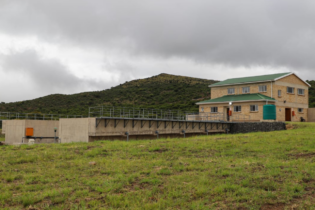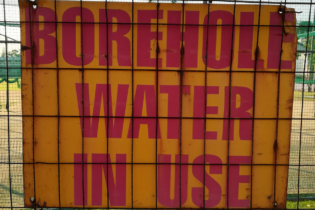Ethekwini municipality head of water and sanitation Neil Macleod has questioned research revealing high levels of a toxic chemical in the city’s sea water.
But the scientist, Hideshige Takada of Tokyo University, who recently presented the findings of the International Pellet Watch programme at the Centre for Scientific and Industrial Research in Durban, speaking from Japan recently, said he stood by his work which had been peer reviewed and the method authorised in scientific journals including the Marine Pollution Bulletin and the Environmental Science and Technology Journal. His research revealed that Isipingo sea water had the highest levels of hexachlorocyclohexane (HCH) in the world based on levels found on beached industrial plastic pellets. However, Macleod said the findings were not final and scientists were yet to find out whether the levels found posed a risk. “The findings are not definitive and, because of some uncertainties, are not intended for use in estimating the potential risk of exposure to humans,” Mcleod said. “There is uncertainty on how far the pellets may have drifted before they washed up on the Durban shoreline. The source of the chemicals could consequently be from somewhere distant.”However, Takada said this had been ruled out. He said when scientists had placed contaminated pellets in distilled water and later removed them, they found the pellets had washed clean, which showed that when the pellets travelled through clean water in the sea the HCH would have been removed. Macleod said recent air quality monitoring had indicated a “relatively high prevalence of HCH in the atmosphere over Durban and it would appear there is a local source of this chemical”.
“The HCH concentration in the water could have ranged between 0.0061 milligrams per litre to 0.00061 milligrams per litre,” he added. The WHO guideline for drinking water is 0.002 milligrams per litre. Source: Independent






